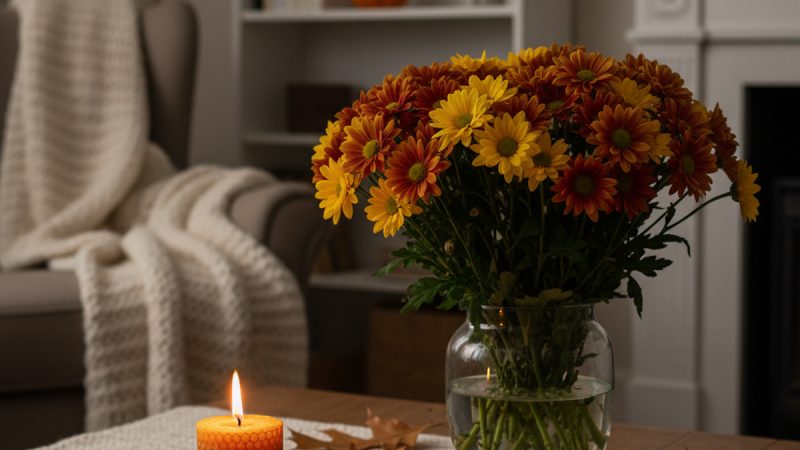Don’t Know Why You Feel Tired? Home Pollutants Could Be the Culprit

Most people spend around 90 percent of their time inside. Even in highly polluted cities, the air quality in your home could be up to 5 times worse than the outdoor air. A 2009 study done in 50 homes in Arizona showed that indoor air contamination has risen in recent years and found 586 chemicals within the homes. If you’ve been feeling tired with no explanation, you may be experiencing the effects of pollution on your health.
What Pollutants Cause Fatigue and Why?
Radon
Radon is a radioactive gas that is developed in the soil. It can get indoors by seeping through cracks and in the floor and walls. Radon causes cancer.
Secondhand Smoke
Children are most vulnerable to secondhand smoke. If your kids feel tired, you could blame secondhand smoke.
Carbon Monoxide (CO)
You won’t smell it and you won’t see it, but if you have carbon monoxide in your house, you could be getting headaches and experiencing severe fatigue without knowing wy.
Volatile Organic Compounds (VOCs)
VOCs are chemicals found in paints, cleaning supplies, varnishes, pesticides, furniture, air fresheners, and other building materials. VOCs can irritate the sinuses, cause headaches, nausea, damage to organs and fatigue.
How Can You Improve Your Indoor Air and Gain More Energy in the Process?
Control The Sources of Pollution
The best way to improve indoor air is to eliminate the source or at least reduce the source’s emissions. Ventilation is a way of reducing the impact of emissions on the indoor environment.
Change Filters Regularly
The filters on central air and central heat are teeming with dust and other pollutants. One great way to reduce the pollutants in the air is to change them regularly.
Adjust The Humidity
Humidity breeds pollutants such as mold and provides a rancid environment for VOCs to flourish. Using a dehumidifier in moist environments, try to keep indoor humidity between 30 and 50 percent. Dry air is not helpful for your health either. Dry air helps dust breed and move around freely. In dry environments use a humidifier to bring humidity to between 30 and 50 percent.
Do Regular Testing
You can get do-it-yourself kits to test radon, mold, VOCs and carbon monoxide. Make sure that especially if your house is older, you do regular testing.
Buy Non-Toxic Household Products
Hair, nail, cleaning and art supplies could greatly increase the levels of the VOCs in your house. Buy organic supplies and do not stock high-chemical level products in your cupboards.
Get Rid of Pressed Wood Products
The U.S. EPA estimates that pressed wood products are the largest source of formaldehyde emissions inside.
Vacuum Regularly
Use a HEPA filter vacuum to clean your floors on a regular basis. Don’t buy a “HEPA-like” vacuum. This type of vacuum will not get the microscopic particles that could be making you unhealthy.
Get Houseplants
NASA, among other organizations, has shown that plants greatly improve air quality.
If your health has been suffering and you can’t explain fatigue that is keeping you from keeping up with your day to day life, you could be experiencing the ill effects of indoor pollutants. If you spend a more than average time at home, you could be that much more at risk. Take the precautionary measures to remove pollutants from your environment and you could find that you have more energy than you’ve had in a while.
The Author:
Eva Martin is an allergy sufferer and has found that an air purifier helps greatly. She recommends the Winix air cleaner or perhaps the Healthmate Plus air purifier for easier breathing.
Photo. Danilo Rizzuti








